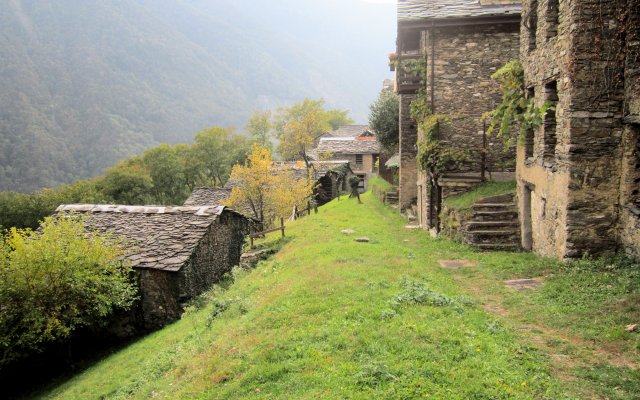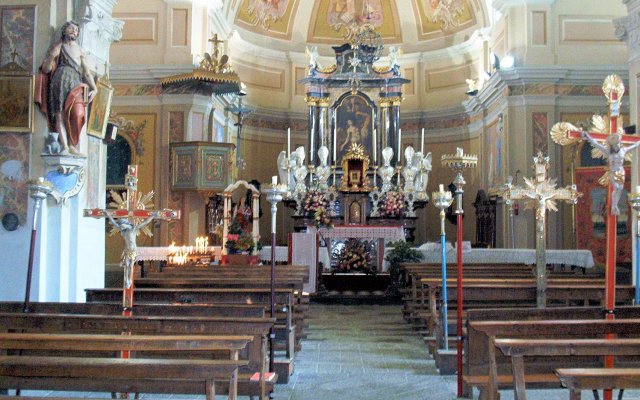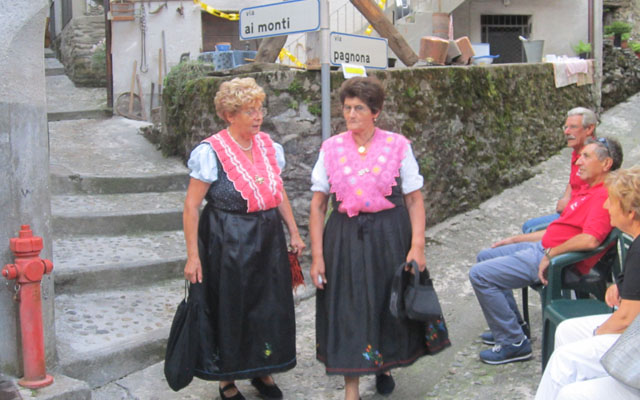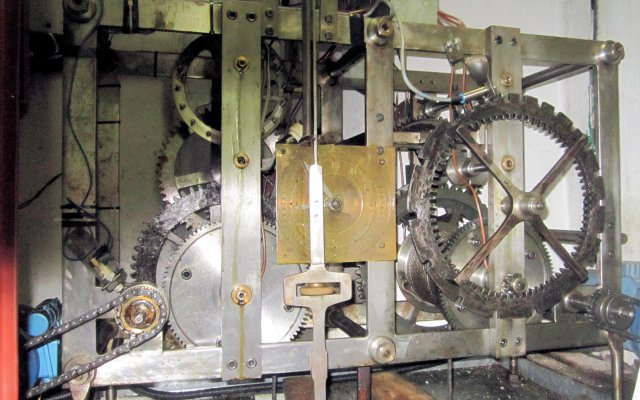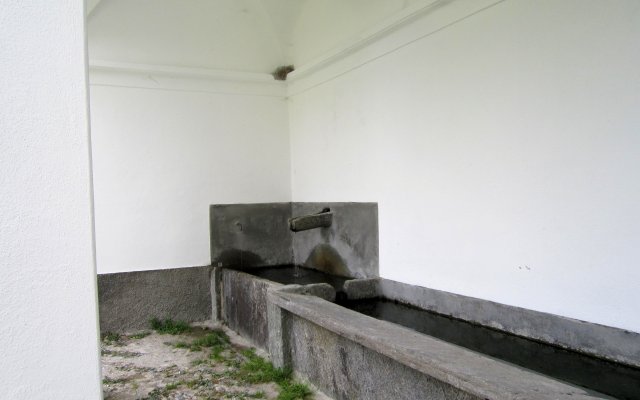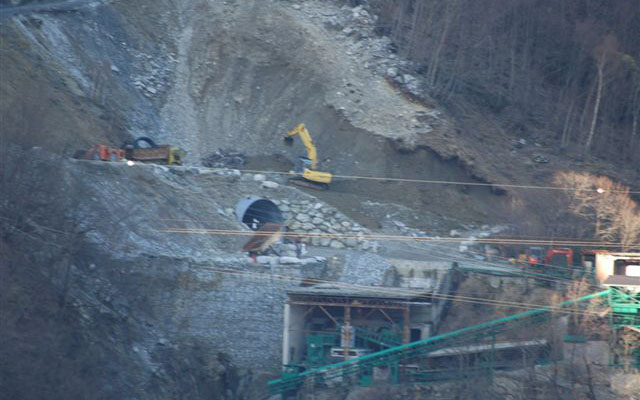The Valvarrone is a small torrent which flows steeply down from the Trona and Varrone passes to a point half way down the valley where it settles down to a more gradual pace until finally flowing into the lake at the end of the alluvial fan on which the small town of Dervio is built.
The Valvarrone valley forms the most rugged yet charming part of the eastern shore of the lake, carved out of ancient beds of metamorphic rock.
The peaks which divide it from the Valtellina form the highest mountain chain in the Lecco area and culminate in the mountainside which from Mount Legnone at 2610m finishes at the Trona pass.
Though it is so impenetrable and rugged, surprisingly there are signs of human habitation dating back to ancient times. Recently prehistoric rock carvings have come to light.
The upper valley could be considered the cradle of the Italian steel-making industry because it was here that mines were dug for the iron ore which supplied the Lecco and Milanese furnaces, ore which in all likelihood was exploited from pre-Roman times right up until the mid 18th century.
Of like importance, particularly for the economy of Tremenico, are the feldspar mines on the opposite side of the valley. Here are to be found the only settlements on the south side of the valley, used in the past as barns but now abandoned.
From Premana, the town where the Varrone starts, one descends to Pagnona and then through the villages of Avano, Tremenico, Introzzo, Sueglio and finally Vestreno, a journey of about 15km.
Although these villages share a common history and many families are linked through marriages, nevertheless differences in local customs and dialects are still discernible.
